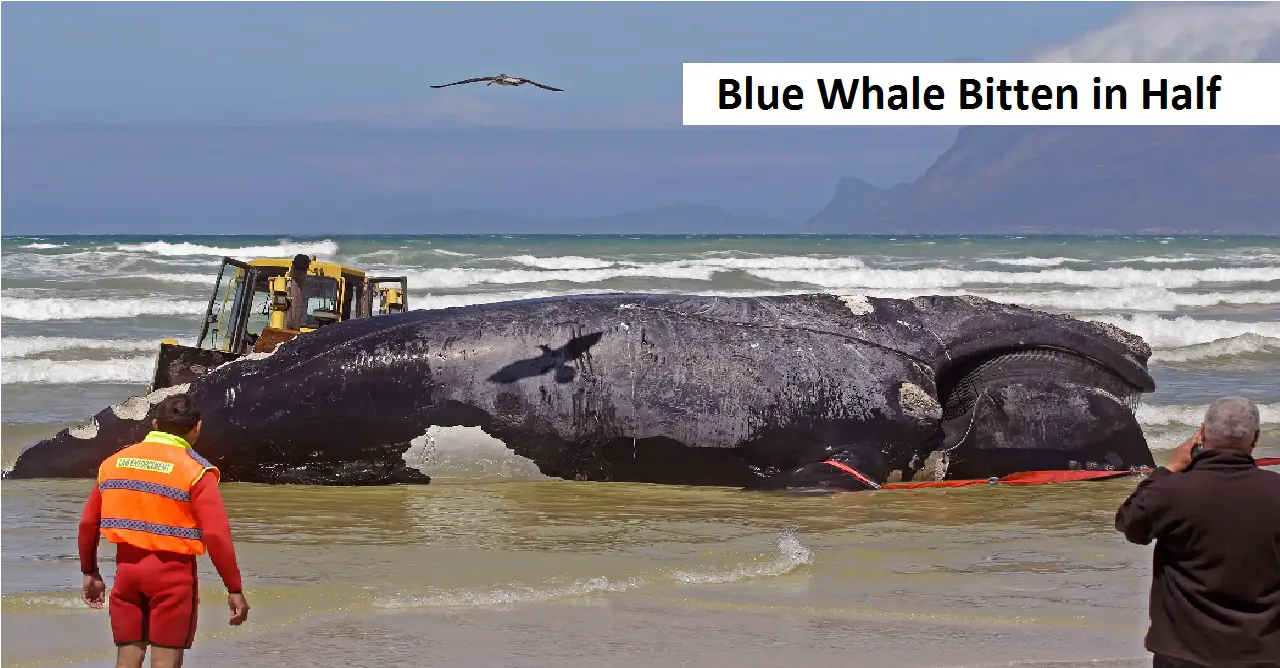Blue Whale Bitten in Half in 2022: What Caused It?
A surprising plot twist has brought in blue whale carcasses, washed to the shore from around the world—many with signs that their deaths were anything but ordinary: many were bitten in half.
The breathtaking phenomena have raised a flurry of questions and even speculations among scientists and laymen. Having known the details about the mysterious occurrence, one is rather inquisitive as to why this tragic event would take place and what its repercussions would be.
Key Takeaways:
- Blue whales, the largest creatures on Earth, have been found bitten in half, sparking widespread concern.
The real cause of these incidents remains a mystery, with speculations ranging from predation to natural phenomena.
The precarious death of these great animals once again highlights the vulnerability that characterizes the marine ecosystems, which need very urgently to be safeguarded.
Unveiling the Mystery: What Bit the Blue Whale?
Predatory Theories:
- While the exact culprit behind the blue whale’s fate remains elusive, several theories have emerged.
- Some speculate that the elusive megalodon, a prehistoric shark, could be responsible for such a catastrophic attack. Other researchers suggest that bite force is more characteristic of a potentially powerful and modern day apex predator, like the great white shark.
Natural Phenomena:
Some theories even go so far as to suggest that environmental forces, including severe storms or even underwater geological events, may have been responsible for the blue whale’s death.
- However, these hypotheses lack concrete evidence and remain speculative at best.
Is Anything Bigger than a Blue Whale?
Blue whales, renowned for their colossal size, hold the title of the largest animals on Earth.
These huge marine giants weigh over 200 tons and measure lengths of up to 100 feet, thus dwarfing all other creatures in existence. Despite speculation in the issue, there has been no evidence forthcoming to the effect of the existence of any creature larger than this species.
The Tragic Legacy of Blue Whale Deaths:
The Devastating Blue Whale Die-Off of 2022:
- As at January 2022, in the coastal area of Australia, massive die-offs for the largest animal in the world, the blue whale, brought an eventful uproar among the scientific community.
This is a previous research in which a new, formerly unknown virus was found, thought to have originated from a bacterium or a nanomachine, destroying the population of blue whales.
The losses recorded in the five species of kejon had far-reaching ramifications, including the disruption of the marine ecosystems and the reduction in biodiversity. ### Lessons Learned and Conservation Efforts: The 2022 tragic events, in their turn, only evidence the urgency, which calls for more enhancement efforts in conservation meant to protect vulnerable species, like the blue whale. As caretakers of Mother Earth, it behooves us to learn from this and take steps to protect our oceans and their life.

Muhammad Afzal is a seasoned writer, journalist, and blogger with over 11 years of extensive experience. His passion for storytelling and commitment to delivering engaging content have established him as a reputable figure in the realm of written expression. Through the lens of his words, Muhammad captures the essence of diverse topics, weaving narratives that resonate with readers. Whether delving into current affairs, exploring human stories, or sharing insights on various subjects, his articulate and insightful approach leaves an indelible mark. Muhammad Afzal continues to contribute his wealth of experience and creativity to the world of blogging, enriching the digital landscape with his unique perspective.






![Ronbackpack Reviews [2022] – Is This the Most Economical Website?](https://dotsnel.com/wp-content/uploads/2022/04/Ronbackpack-Reviews-768x401.webp)
![Shell 130th Anniversary [2022] – Check The Details!](https://dotsnel.com/wp-content/uploads/2022/03/Shell-130th-Anniversary-768x401.webp)